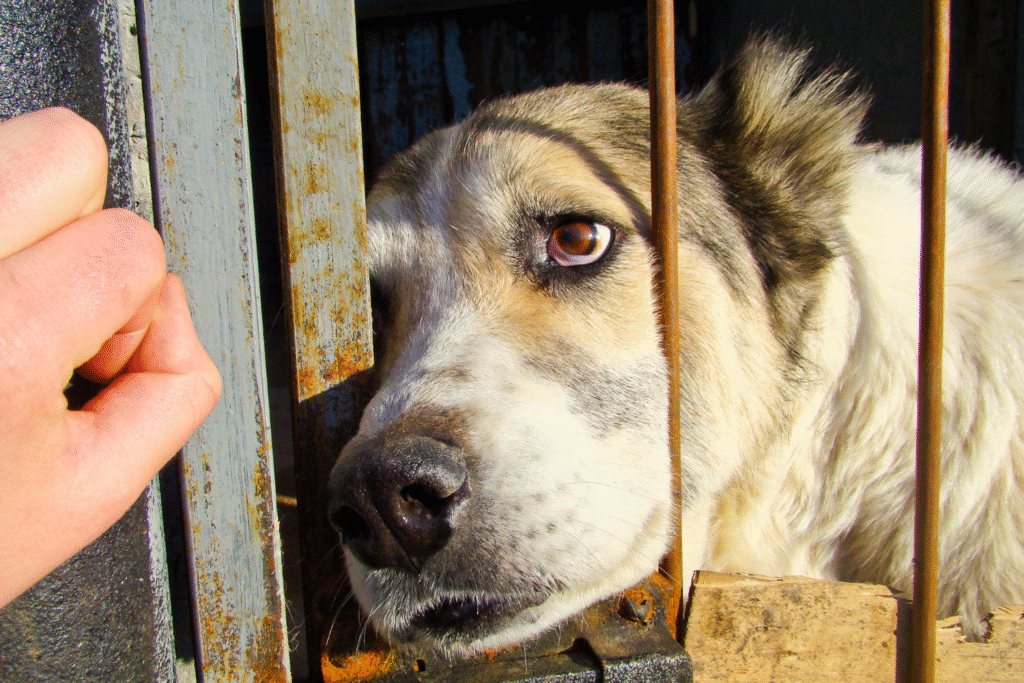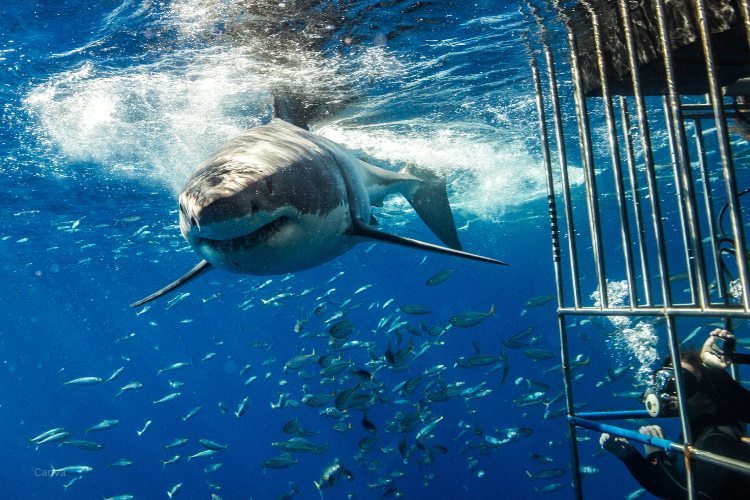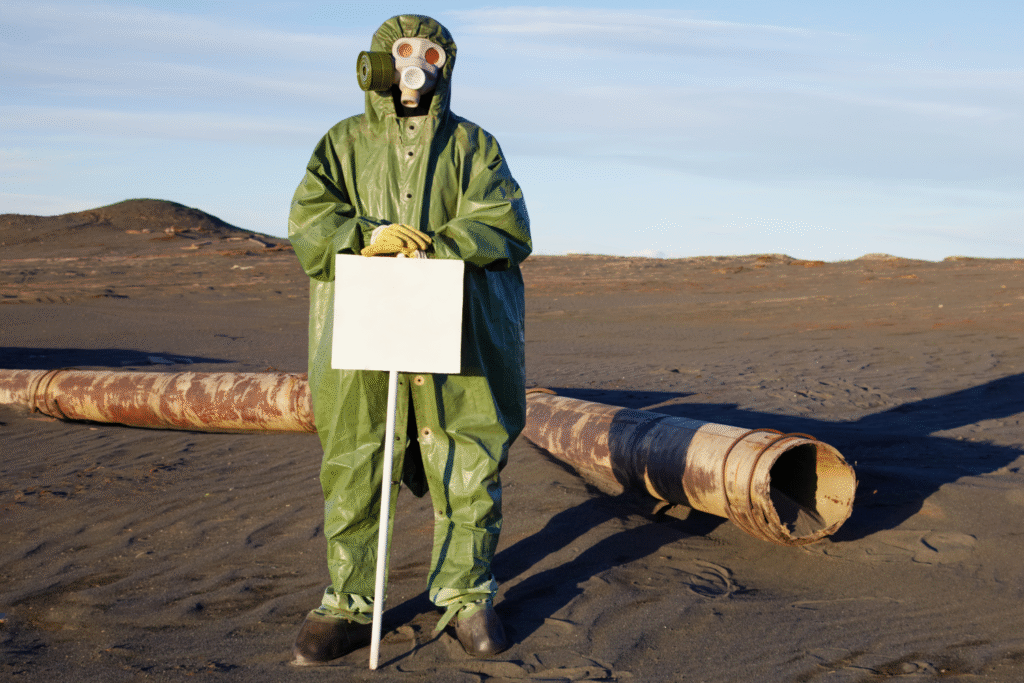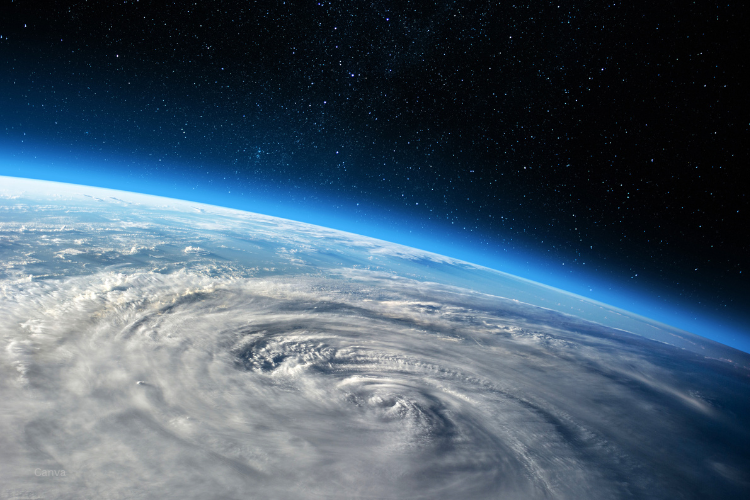Shelters are filled with familiar faces that never seem to find a home.

Every shelter has dogs that leave quickly—puppies, trendy breeds, the fluffy ones with big eyes. Then there are the others. They wait, day after day, while people walk right past their kennels. Volunteers know their names by heart because they’ve been there the longest.
The reasons vary. Some are unfair stereotypes, some are quirks that make them harder to place, and others are tied to looks alone. But all of them share the same heartbreaking reality: their chance at a forever home keeps slipping further away.




